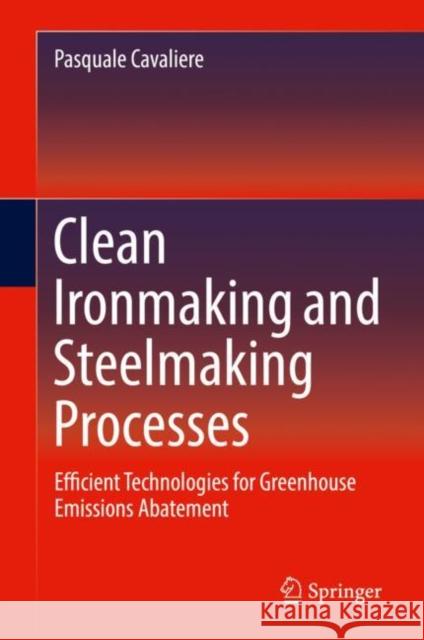Clean Ironmaking and Steelmaking Processes: Efficient Technologies for Greenhouse Emissions Abatement » książka
topmenu
Clean Ironmaking and Steelmaking Processes: Efficient Technologies for Greenhouse Emissions Abatement
ISBN-13: 9783030212087 / Angielski / Twarda / 2019 / 596 str.
Clean Ironmaking and Steelmaking Processes: Efficient Technologies for Greenhouse Emissions Abatement
ISBN-13: 9783030212087 / Angielski / Twarda / 2019 / 596 str.
cena 562,23
(netto: 535,46 VAT: 5%)
Najniższa cena z 30 dni: 539,74
(netto: 535,46 VAT: 5%)
Najniższa cena z 30 dni: 539,74
Termin realizacji zamówienia:
ok. 22 dni roboczych.
ok. 22 dni roboczych.
Darmowa dostawa!
Kategorie:
Kategorie BISAC:
Wydawca:
Springer
Język:
Angielski
ISBN-13:
9783030212087
Rok wydania:
2019
Dostępne języki:
Ilość stron:
596
Waga:
0.99 kg
Wymiary:
23.75 x 16.26 x 2.74
Oprawa:
Twarda











